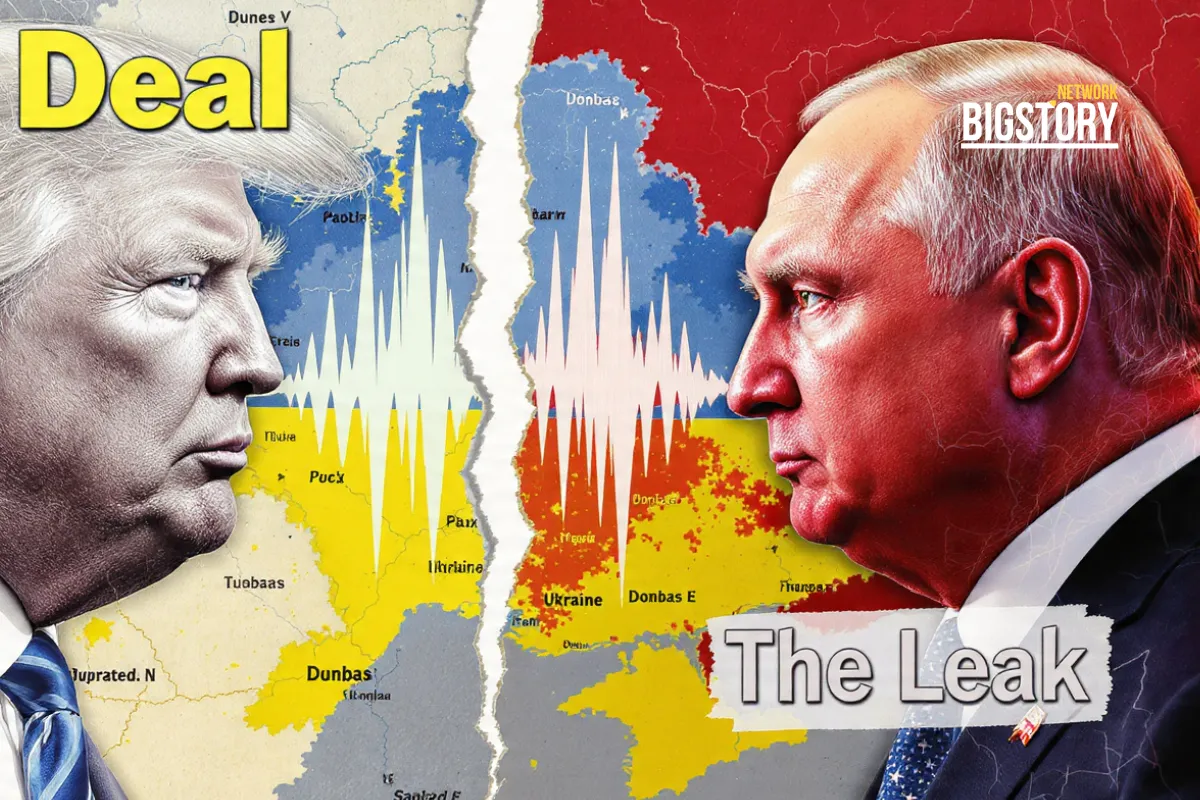Taiwan announces T-Dome air defense system and 50,000 drone procurement, boosting defense spending to 5% GDP by 2030 amid China tensions.
 Sseema Giill
Sseema Giill

Taiwan President Lai Ching-te announced a landmark defense modernization program on October 10, 2025, unveiling the “T-Dome” air defense system and committing to raise defense spending to 5% of GDP by 2030. The program also includes the procurement of 50,000 drones over the next two years — Taiwan’s most ambitious defense plan in recent history.
The move comes as China intensifies its military pressure with increased drills, grey-zone operations, and drone incursions around the island.
Inspired by Israel’s Iron Dome, Taiwan’s “T-Dome” will integrate existing Patriot and Sky Bow missile systems with new layers of radar, AI-enabled early warning, and rapid interception capabilities.
President Lai Ching-te: “We will accelerate our building of the T-Dome, establish a rigorous air defense system in Taiwan with multi-layered defense, high-level detection, and effective interception, and weave a safety net for Taiwan to protect the lives and property of citizens.”
The system will prioritize protection of urban centers, power plants, airports, and defense installations.
Taiwan’s Ministry of National Defense will treat drones as “consumables”, similar to how the U.S. and Ukraine have adapted their drone procurement. This allows rapid production and deployment at scale.
Raising defense spending to 5% of GDP represents a massive fiscal commitment, aligning Taiwan more closely with NATO standards.
Q1. What is Taiwan’s T-Dome system?
A. T-Dome is a multi-layered air defense network modeled after Israel’s Iron Dome, designed to intercept missiles, drones, and other aerial threats.
Q2. How many drones is Taiwan procuring?
A. Taiwan plans to procure and deploy 50,000 UAVs over two years, focusing on expendable and combat-ready drones.
Q3. Why is Taiwan increasing defense spending to 5% of GDP?
A. To strengthen deterrence capabilities against growing Chinese military threats and modernize its defense forces.
Q4. Which countries and companies are involved?
A. Auterion (US-Germany), Thunder Tiger (Taiwan), and NCSIST are key partners. The U.S. supports through tech transfers and defense cooperation.
Q5. How does this affect the region?
A. It raises cross-strait tensions but also strengthens Taiwan’s defense posture, potentially deterring Chinese aggression.






Sign up for the Daily newsletter to get your biggest stories, handpicked for you each day.
 Trending Now! in last 24hrs
Trending Now! in last 24hrs



